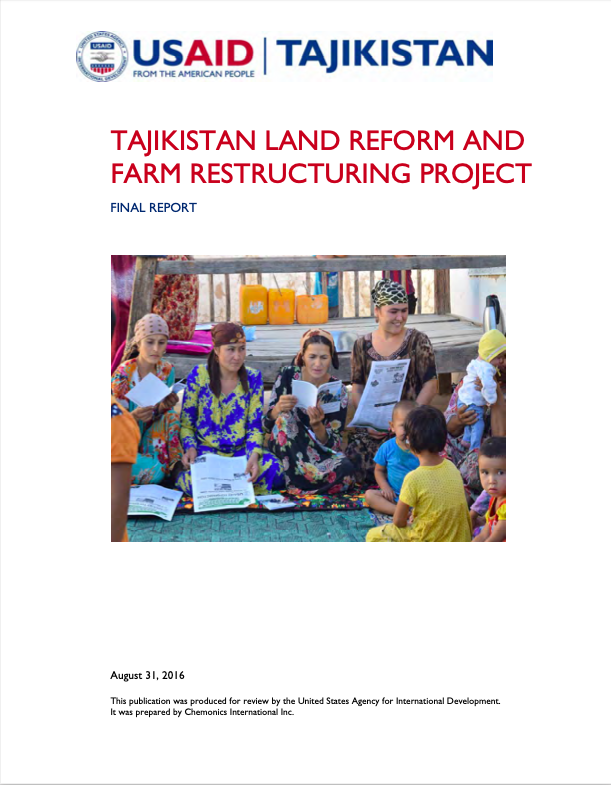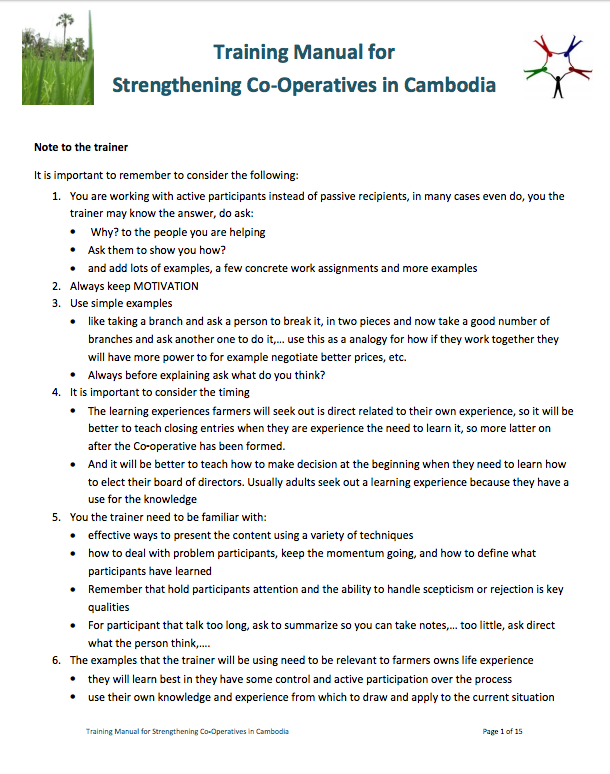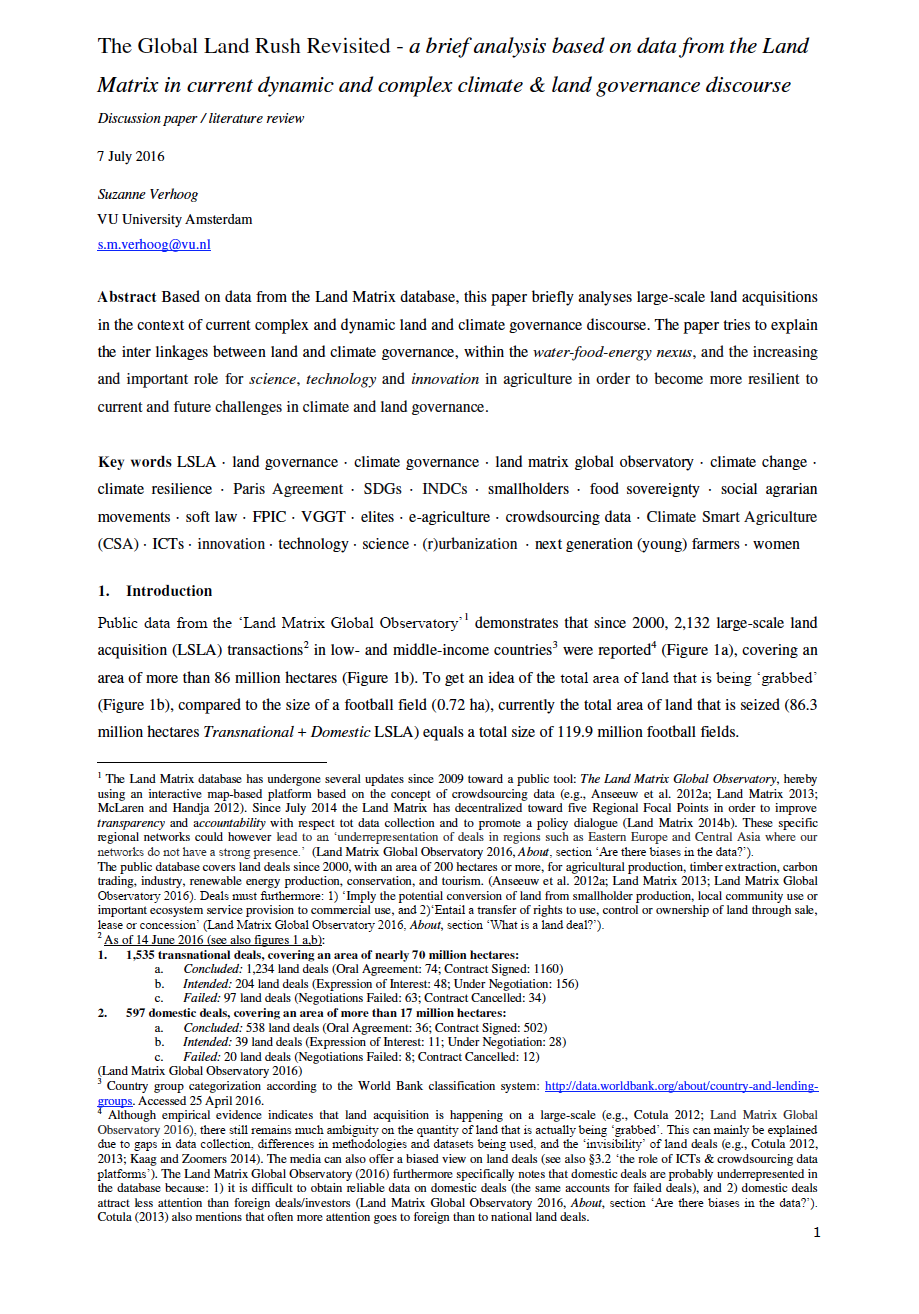Tajikistan Land Reform and Farm Restructuring Project
ABSTRACTED FROM EXECUTIVE SUMMARY: Throughout Tajikistan, land, and access to it, is paramount to continued resilience and improved livelihoods of rural citizens. Agricultural output, especially from small to medium sized farms, constitutes a disproportionately high percentage of Tajikistan’s overall Gross Domestic Product (GDP) and represents an opportunity for continued economic growth for both the farmers and the country.







